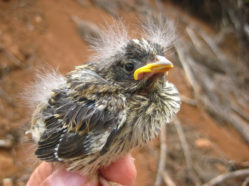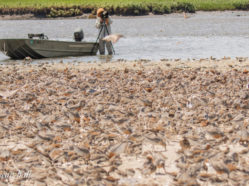An Eye for Photography
In the summers of 1966 and 1967, I worked (Dream Job #2) for Bill Carrick at the Niska Waterfowl Research Station near Guelph, Ontario. Bill was an outstanding wildlife cinematographer and a superb naturalist who was director/manager of that facility. My job was to raise and feed the myriad birds and mammals that he used …


